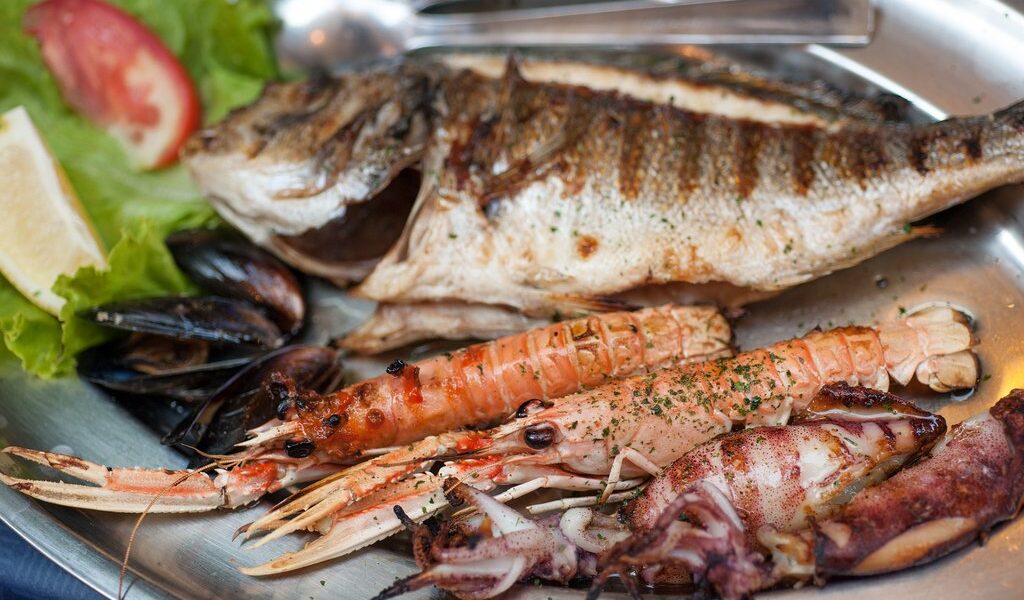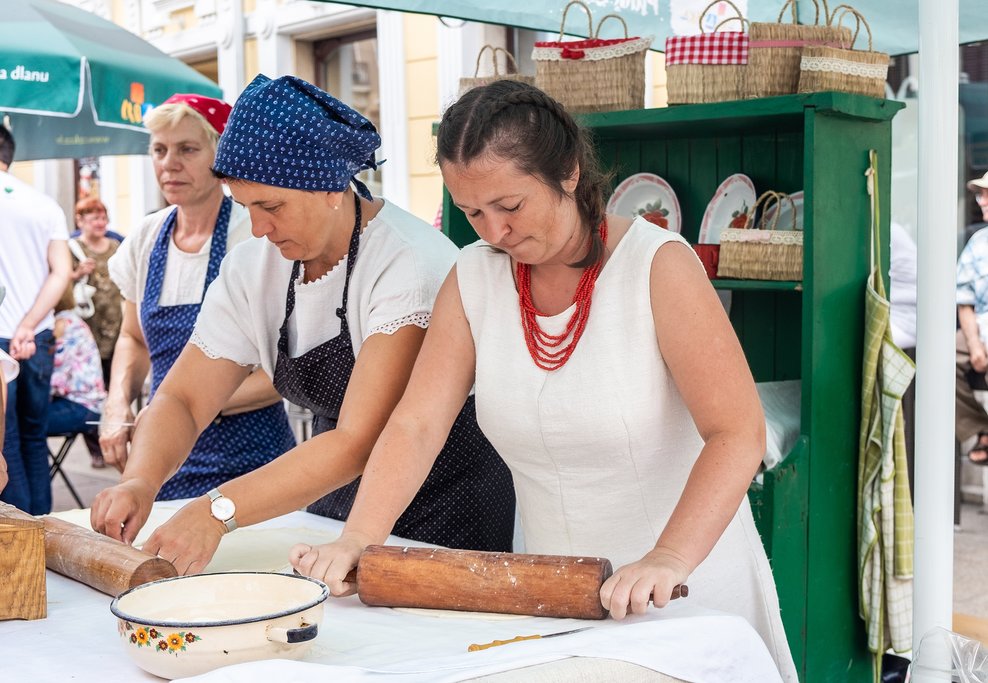
Spicy seafood stews, sausages sizzling on the grill, homemade pasta topped with shaved white truffles, cakes made with juicy citrus fruits: Croatia has so much to offer gourmet travelers. Read on to find out about the diverse cultural influences that shaped the national cuisine—and where to try the best dishes.
## Croatian Culinary Delights: A Journey Through Flavors
Croatia, a land of stunning coastlines, historic cities, and vibrant culture, also boasts a rich and diverse culinary heritage. With influences from across Europe and its own unique traditions, Croatian food is a delightful exploration for any traveler. From the freshest seafood to hearty comfort food and decadent desserts, there’s something to satisfy every palate.
## Seafood: A Taste of the Adriatic
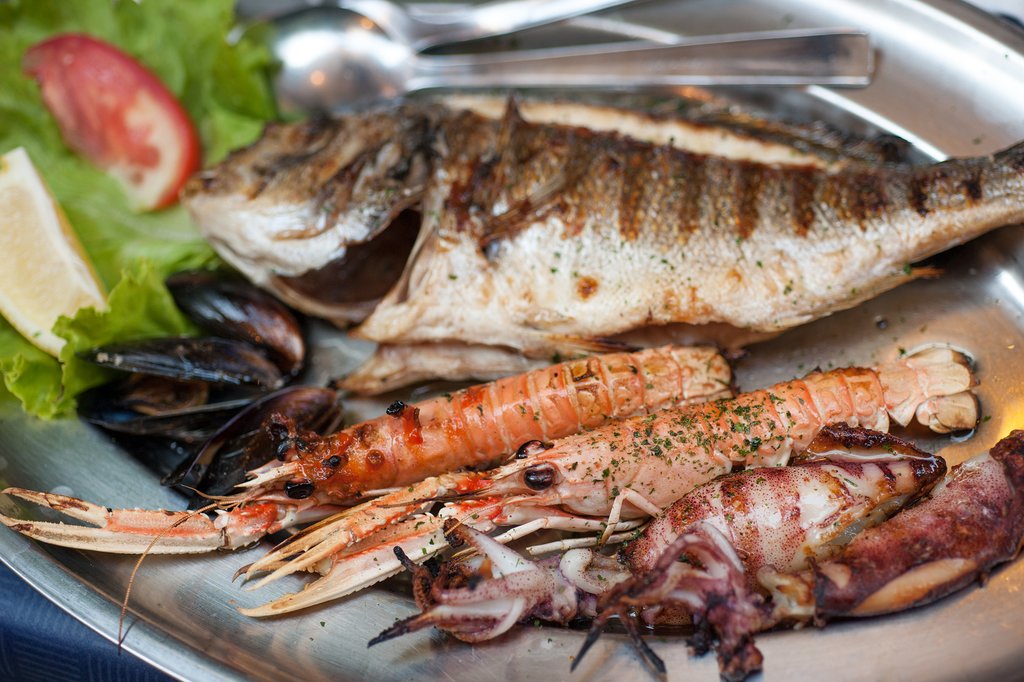
Given its extensive coastline, stretching for over a thousand miles on the mainland, and its impressive archipelago of 1,246 islands and islets, it’s practically a given that seafood plays a starring role in Croatian cuisine. The Adriatic Sea provides a bounty of fresh ingredients that are showcased prominently on menus throughout the country. Whether you find yourself in a sophisticated, upscale restaurant, enjoying an elegant fine dining experience complete with carefully selected wine pairings and breathtaking water views, or whether you prefer the more casual, rustic charm of a family-run eatery nestled within a bustling city, it’s genuinely difficult to make a wrong choice when the raw materials are so incredibly fresh and of such high quality.
The signature dishes, those culinary creations that define a region, tend to vary depending on where you are in Croatia. In the historic city of **Dubrovnik’s** picturesque **Old Harbor**, be sure to sample the local specialty, *crni rižot*, a unique and flavorful squid ink risotto. This dish is often served in charming little black pots right at the dockside tables of **Lokanda Peskarija**, allowing you to savor the taste while enjoying the ambiance of the harbor. Another must-try is *buzzara*, a delightful preparation of shellfish sautéed in olive oil, fragrant herbs, and a splash of white wine, a true celebration of Mediterranean flavors.
For a memorable day trip, consider venturing to the charming village of **Mali Ston**, located less than an hour northwest of Dubrovnik. Here, you can indulge in the freshest mussels and oysters, harvested from the pristine waters of nearby **Malostonski Bay** mere hours before they arrive on your plate. This direct-from-the-sea experience is a true testament to the quality and freshness of Croatian seafood.
The Croatian islands offer even more culinary adventures to discover. On **Vis Island**, make the trek to **Konoba Stončica**, a restaurant famed for its charcoal-grilled fish and its stunning views of a secluded bay. The journey to reach the restaurant, accessible only by boat or a challenging trek along a steep path, adds to the overall experience and sense of adventure. On **Hvar Island**, immerse yourself in a slow food experience at **Lucullus**, where you can savor a bowl of *gregada*, a hearty lobster stew simmered with tomatoes and onions. Moving inland, in **Osijek**, be sure to visit **Kod Ruže** to try fiš paprika, a traditional carp stewed in a rich and flavorful pepper sauce. Each region of Croatia offers a unique perspective on seafood, making for a truly memorable culinary journey.
## Ćevapi: A Balkan Comfort Food Staple
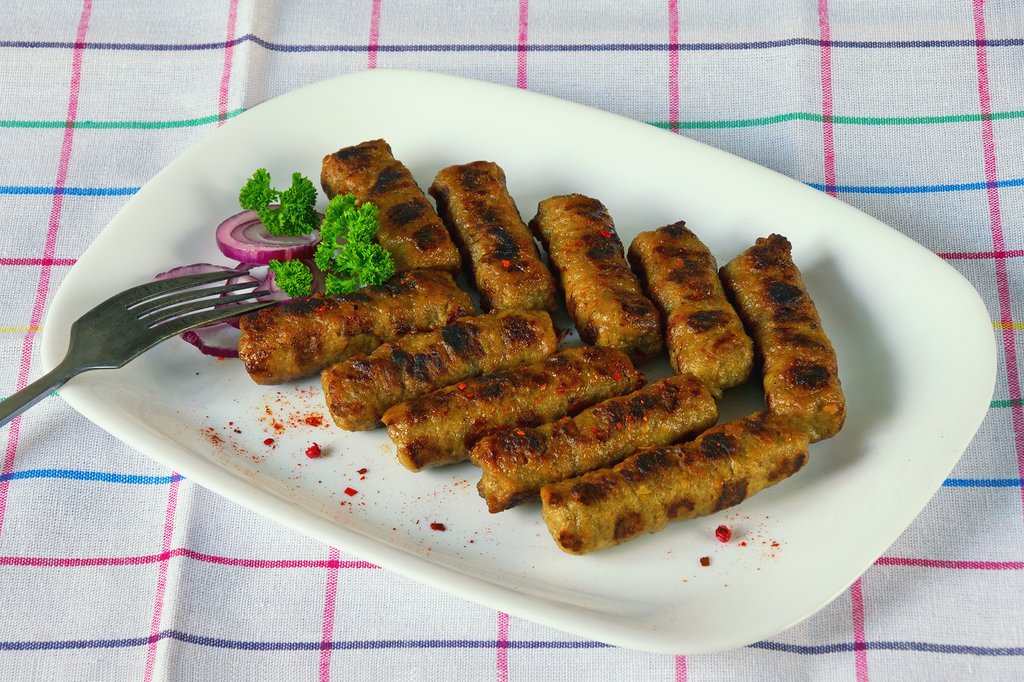
Croatians have a deep-seated love for comfort food, particularly during the colder months of winter when the days are short and the weather is chilly. While a traditional meat-and-potatoes diet is popular across the country, the region’s history, marked by various foreign invasions and cultural influences, has resulted in dishes that are anything but bland or boring. A prime example of this is *ćevapi* (also known as *čevapčiči*), a delightful dish featuring kebab-like sausages made with a blend of spicy minced beef or pork. While these sausages originated in Bosnia and Herzegovina, they have become so ingrained in Croatian cuisine that one might easily forget their foreign origin. Ćevapi are as common and beloved by locals as hamburgers are to Americans, a true testament to their popularity.
The best place to savor ćevapi is at a *konoba*, a traditional Dalmatian restaurant typically found along the stunning Adriatic coastline. These restaurants offer an authentic and rustic dining experience, often featuring local ingredients and time-honored recipes. Popular konoba options include **Ba!cevapi** in **Split**, **Sofra** and **MS Grill** in **Zagreb**, and **Odisej** in **Pula**. Each of these establishments offers its own unique take on ćevapi, ensuring a memorable culinary experience.
Beyond ćevapi, there are other comfort foods that are well worth seeking out during your culinary exploration of Croatia. *Peka* is a traditional Dalmatian dish consisting of a medley of meat and vegetables tossed with fragrant olive oil and herbs. This mixture is then covered with a steel dome and slow-baked inside a fireplace, resulting in a tender and flavorful dish. Elsewhere in Croatia, be sure to sample schnitzel (try **Baltazar** in **Zagreb** for a truly memorable rendition). Another must-try is *štrukli*, delicious cheese-filled blintzes that are a specialty of the **Zagorje** region. In **Motovun**, indulge in *frkanci*, a thick pasta served with rich and savory venison. The cuisine of **Gorski Kotar** and **Lika**, centered around simple yet satisfying ingredients like boiled potatoes, pickled cabbage, homemade fresh cheese, and smoked meat, is also a great choice for a hearty lunch or dinner, especially on a chilly day.
## Truffles: A Taste of Istria’s Forest Floor
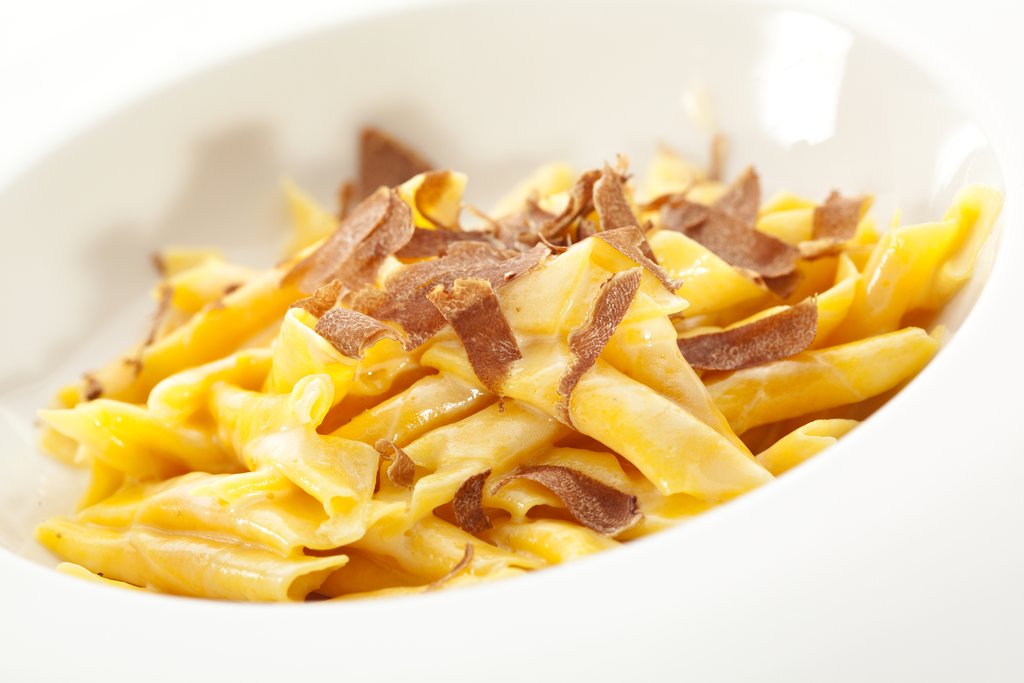
The region of **Istria**, located in the northwest of Croatia, has a culinary landscape uniquely shaped by centuries of foreign rule and influence. This rich history has resulted in a distinctive cuisine that showcases the region’s abundant natural resources. During the warm summer months, fresh fish and shellfish take center stage, reflecting the region’s coastal location. However, as autumn arrives, the culinary focus shifts to one of Istria’s most prized delicacies: truffles.
Two main varieties of truffles can be found in Istria: black and white. The highly prized white truffle grows in the region’s forests from September through January. It is often shaved fresh over pasta or fish, imparting a delicate and earthy flavor. The black truffle, which is slightly less expensive than its white counterpart, is also a culinary treasure. Three distinct varieties of black truffle are indigenous to Istria, and they can be found from January through spring.
Classic dishes featuring truffles that you should be sure to seek out in Istria include *pasta fuži* with white or black truffles (fuži is a unique pasta shape specific to the Istrian region). A great place to try this dish is at **Gostiona Kvarner** in **Labin**, which offers a sea-facing terrace, providing stunning views to accompany your meal. Another excellent option is to sample fresh fish with truffles at **Sveti Nikola** in **Poreč**, where the flavors of the sea and the earth combine harmoniously. For a truly immersive truffle experience, visit the truffle festival held in **Livade** every October. Here, you can sample truffles in various delicious forms, from steak with grated truffles to chocolate cake with olive oil and truffles, and even truffle ice cream.
## Paški sir: Croatia’s Celebrated Cheese
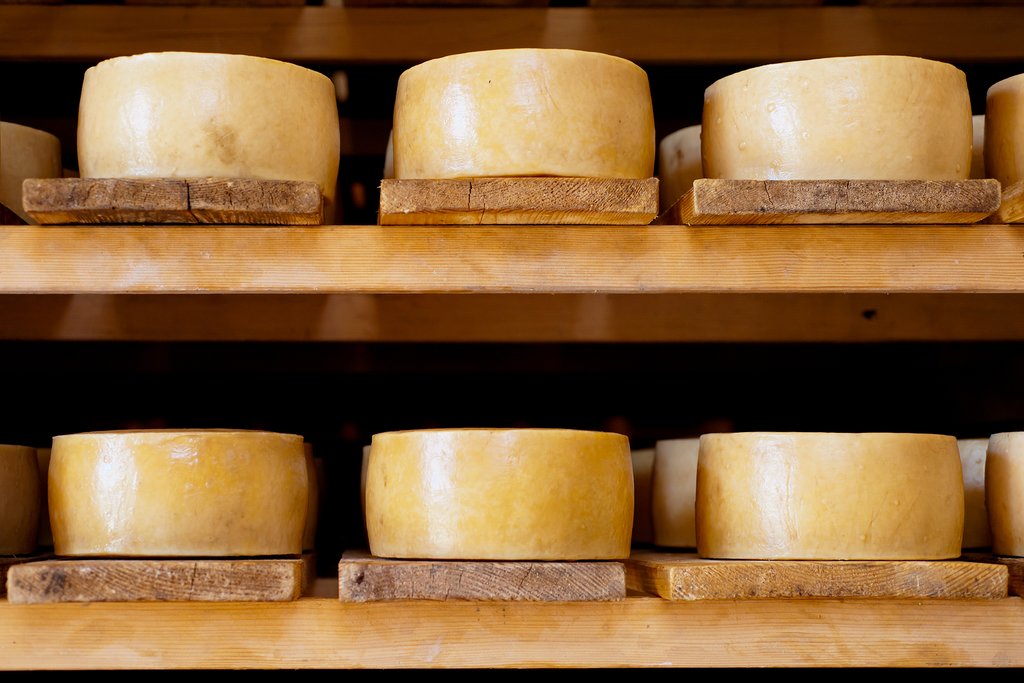
Croatia’s most renowned cheese, *paški sir*, originates from **Pag Island**, a unique and windswept island in the Adriatic Sea. This cheese is made with sheep’s milk and boasts a distinctive flavor profile that is a direct result of the island’s environment. The sheep that graze on Pag Island’s open spaces consume scrub herbs and are exposed to salty sea air, imparting a unique richness to their milk, which in turn infuses the cheese with its characteristic taste. Paški sir is often served with bread as a simple appetizer before meals, both in homes and in restaurants throughout Croatia.
To learn more about the cheese-making process, consider taking a hands-on tour of **Gligora Dairy** on Pag Island. This experience provides a fascinating insight into the traditional methods used to create paški sir. Alternatively, you can find the artisanal brand at specialty shops around the country, including the **Old Marketplace Pazar** in Split and the **Rijeka Market** in Rijeka. The coastal city of **Zadar**, which is located close to Pag Island, is another excellent place to sample this celebrated cheese. While paški sir is readily available in food shops and restaurants all over Croatia, its popularity extends far beyond the country’s borders. The sharp, salty cheese has garnered a dedicated following elsewhere in Europe and around the world.
## Desserts: Sweet Endings with a Croatian Twist
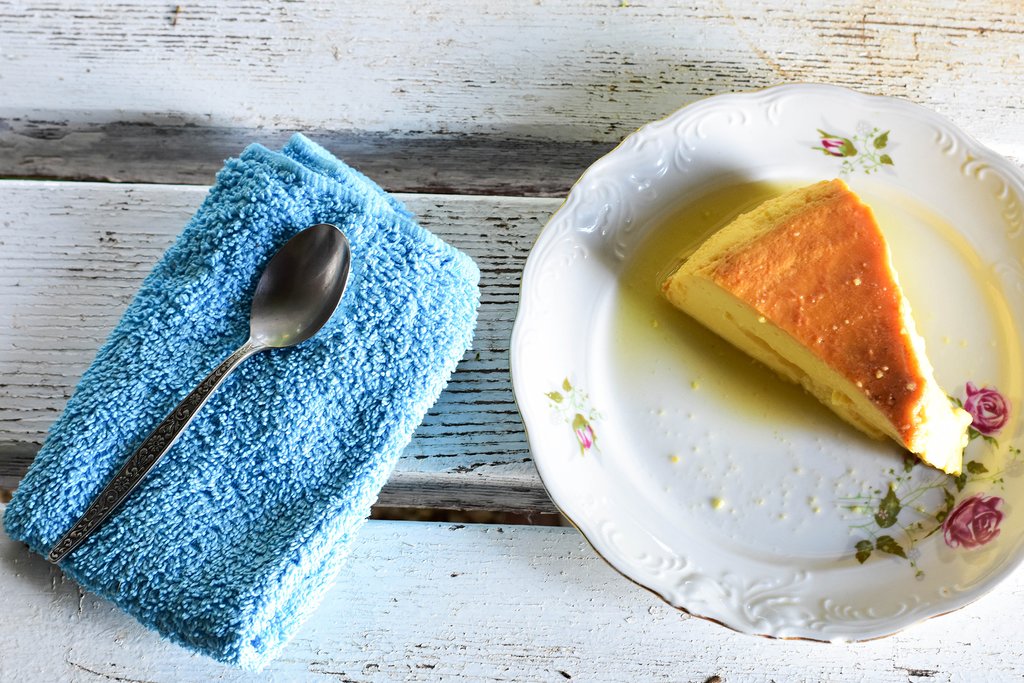
Croatians possess a definite sweet tooth, and the country offers a diverse range of delectable desserts to satisfy any craving. Some of these sweet treats draw inspiration from Austro-Hungarian traditions, such as *palačinke*, delicate honey-walnut filled crepes that are best enjoyed with a strong espresso at an elegant café like **Kavana Waldinger** in Osijek. Others have a distinctly Mediterranean character, such as *arancini*, candied orange peel, a popular treat found all along the southern coast of Croatia.
*Rožata*, often described as the Croatian version of flan or crème brûlée, is particularly popular in Dubrovnik, where the dish originated. The name *rožata* is derived from the rose liqueur that imparts the cake with its distinctive flavor and aroma. For a truly memorable rožata experience, visit **LAJK Restaurant** in the old city of Dubrovnik. While you are in this part of the country, also be on the lookout for *čokoladni tart s ljutom narančom*, a bitter orange chocolate tart made with the fruit from the abundant orange trees that grow in the city. If your travels take you to Mali Ston, located north of Dubrovnik, be sure to try *Stonska torta s bademima*, an unusual almond cake filled with cooked macaroni pasta, chocolate, and almonds that is native to the region.
## Wine & Spirits: A Toast to Croatian Terroir
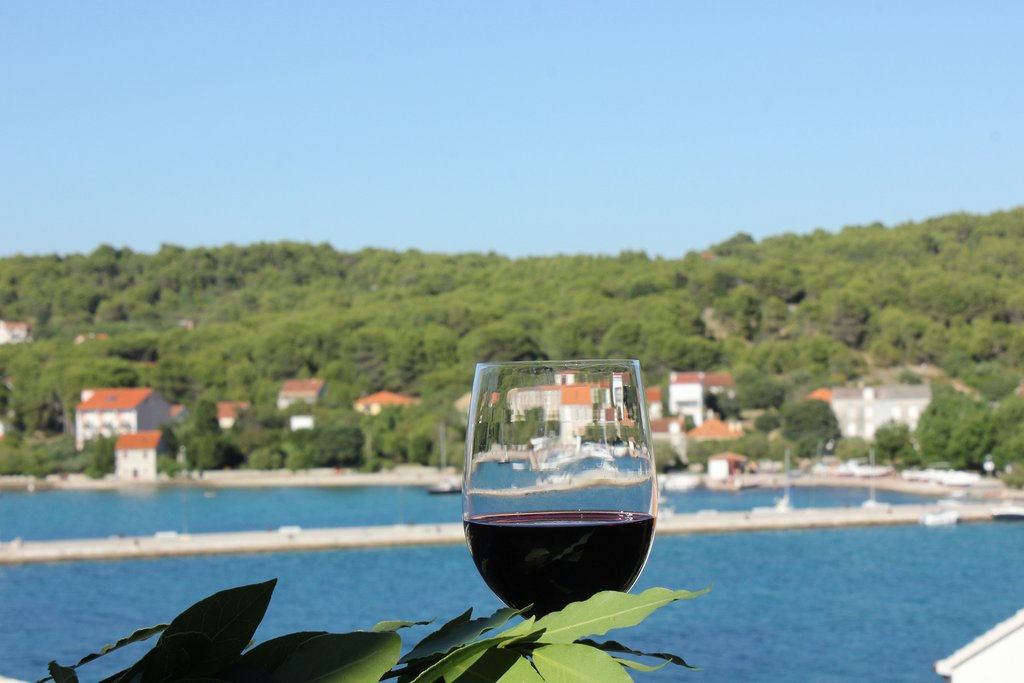
A glass of wine with a view on Zlarin island, Croatia
The history of wine production in Croatia stretches back to ancient times, with evidence suggesting that the ancient Greeks cultivated grapes on the southern Dalmatian islands thousands of years ago. Today, Croatia boasts over 300 distinct wine-producing areas, each contributing to the country’s rich and diverse wine culture. While most of the wine produced in Croatia is white, you will also find a selection of red wines, particularly in the coastal areas.
Some of the best places to experience Croatian wine include Istria and the northern coast, regions renowned for their crisp, dry white wines like Malvazija, as well as their full-bodied red wines like Teran. Near **Momjan**, make a stop at **Kozlovic Winery**, and consider staying for lunch with carefully curated wine pairings at their onsite restaurant. You can also visit **Kabola Winery**, which specializes in sparkling wines, or **Cuj Winery**, where you can sample a rare rosé. Further inland, head to **Slavonia**, a region known for its aromatic Graševina wine, and specifically to the historic vineyards and cellars of **Kutjevo**, the unofficial capital of Croatian wine.
Other spirits worth trying in Croatia include artisanal *biska* in **Hum**, the smallest town in the world. Biska is a local grape brandy infused with white mistletoe and other herbs. Try it paired with house-smoked meat and sauerkraut at **Humska Konoba** for a truly authentic experience. In Zadar, watch the sunset while sipping a glass of Maraschino, a local liqueur made from a unique variety of cherries grown in the region. These drinks provide a taste of local tradition and terroir, making for a memorable culinary journey.
(Word Count: 1628)
B-643

